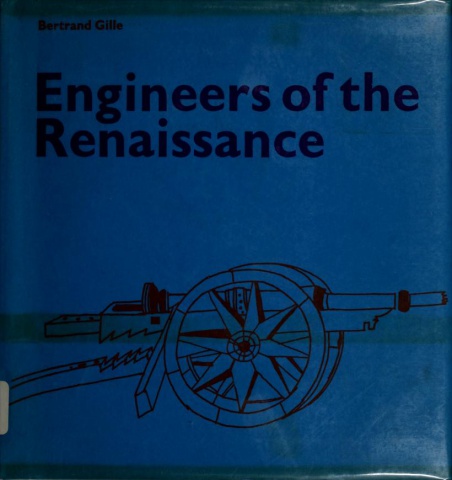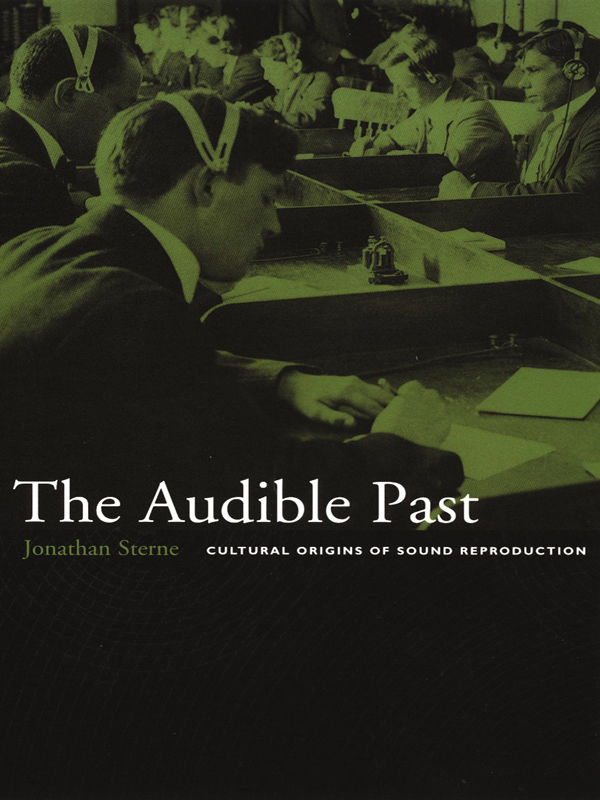Bertrand Gille: Engineers of the Renaissance (1964–) [French, English]
Filed under book | Tags: · art, art history, engineering, history of science, history of technology, machine, mechanics, renaissance, science, technology

“In his reconstruction of Renaissance technology informed by research into little-known manuscripts from libraries across Europe, Bertrand Gille emphasises the close continuity of technical invention from antiquity (in particular, the Alexandrian Greeks), through the mediaeval period (in particular, the Germans), to its brief but brilliant high flaring among the Italians of the fifteenth century. The engineers were conscious of embodying the Archimedean tradition, the tradition of “give me a place to stand and I can move the world.” It was an age marked by a close and natural mutuality between the technical and the fine arts, and by the first real union of science and technology, whose issue was a permanent enrichment of both. Science gave to engineering a new sophistication of mathematical precision, and the working models constructed for mechanical inventions prepared the way for a truly experimental science, as later developed by the generation of Galileo.
As might be expected, the figure of Leonardo da Vinci looms large in this book. It is the author’s contention, based on the documents he has uncovered, that Leonardo’s originality as an engineer has been greatly overestimated, that in fact he borrowed and adapted freely from the work of this anonymous and little-known contemporaries, that many of his ideas are already prefigured in the mediaeval period. Nevertheless, although he rests on the foothills leading up to him, he still towers above them as the consummate technical artist.”
Publisher Hermann, Paris, 1964
239 pages
English edition
Publisher MIT Press, 1966
256 pages
Reviews: Alex Keller (Technology and Culture, 1965), Harry Woolf (Science, 1968), M. Daumas (Revue d’Histoire des sciences et de leurs application, 1964, FR).
Wikipedia (FR)
Les ingénieurs de la Renaissance (French, 1964, 8 MB, added on 2018-12-27)
Engineers of the Renaissance (English, 1966, 8 MB, updated on 2018-12-27)
Siegfried Giedion: Mechanization Takes Command (1948)
Filed under book | Tags: · agriculture, architecture, furniture, history of technology, industry, machine, movement, philosophy, philosophy of technology, production, technology

“First published in 1948, Mechanization Takes Command is an examination of mechanization and its effects on everyday life. A monumental figure in the field of architectural history, Siegfried Giedion traces the evolution and resulting philosophical implications of such disparate innovations as the slaughterhouse, the Yale lock, the assembly line, tractors, ovens, and “comfort” as defined by advancements in furniture design. A groundbreaking text when originally published, Giedion’s pioneering work remains an important contribution to architecture, philosophy, and technology studies.”
Publisher Oxford University Press, New York, 1948
Third printing, 1970
743 pages
via babyalanturing
Reviews: John E. Sawyer (The Journal of Economic History, 1949), Harry Elmer Barnes (American Journal of Sociology, 1949), William F. Ogburn (The American Historical Review, 1948), Henry Guerlac (American Quarterly, 1949), Donald Horton (American Sociological Review, 1948), Paul Zucker (The Journal of Aesthetics and Art Criticism, 1949), Arthur P. Molella (Technology and Culture, 2002), Tom Vanderbilt (Bookforum, 2010), Bryan E. Norwood (Culture Machine, 2015).
PDF (removed on 2014-4-21 upon request of the University of Minnesota Press)
Comment (1)Jonathan Sterne: The Audible Past: Cultural Origins of Sound Reproduction (2003)
Filed under book | Tags: · history of technology, listening, media technology, music, music history, phonograph, radio, sound, sound recording, technology, telegraphy, telephone

“The Audible Past explores the cultural origins of sound reproduction. It describes a distinctive sound culture that gave birth to the sound recording and the transmission devices so ubiquitous in modern life. With an ear for the unexpected, scholar and musician Jonathan Sterne uses the technological and cultural precursors of telephony, phonography, and radio as an entry point into a history of sound in its own right. Sterne studies the constantly shifting boundary between phenomena organized as “sound” and “not sound.” In The Audible Past, this history crisscrosses the liminal regions between bodies and machines, originals and copies, nature and culture, and life and death.
Blending cultural studies and the history of communication technology, Sterne follows modern sound technologies back through a historical labyrinth. Along the way, he encounters capitalists and inventors, musicians and philosophers, embalmers and grave robbers, doctors and patients, deaf children and their teachers, professionals and hobbyists, folklorists and tribal singers. The Audible Past tracks the connections between the history of sound and the defining features of modernity: from developments in medicine, physics, and philosophy to the tumultuous shifts of industrial capitalism, colonialism, urbanization, modern technology, and the rise of a new middle class.
A provocative history of sound, The Audible Past challenges theoretical commonplaces such as the philosophical privilege of the speaking subject, the visual bias in theories of modernity, and static descriptions of nature. It will interest those in cultural studies, media and communication studies, the new musicology, and the history of technology.”
Publisher Duke University Press, 2003
ISBN 082233013X, 9780822330134
450 pages
via nutzenberg
Reviews: James P. Kraft (American Historical Review), Karin Bijsterveld (Technology and Culture).
PDF (updated on 2022-12-7)
Comment (0)
